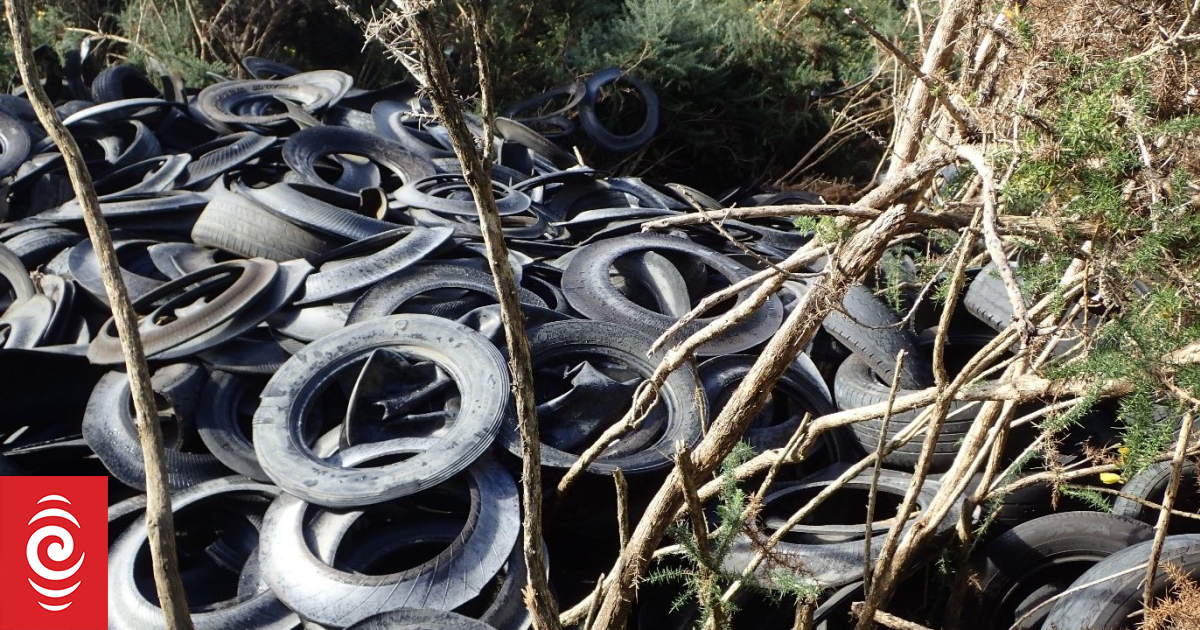New Zealand Marine Scientists Uncover Vehicle Tyres as Leading Ocean Microplastic Source
 New Zealand
Environment
New Zealand
Environment

Auckland researchers identified vehicle tyre particles as New Zealand's dominant microplastic ocean pollutant, with 5000 tonnes entering annually. These tiny fr
Vehicle Tyres Emerge as New Zealand's Leading Ocean Microplastic Pollutant
Marine scientists in Auckland, New Zealand, have made a startling discovery: vehicle tyres are the primary source of microplastic pollution in the country's coastal waters. This groundbreaking research, led by Dr. Samantha Ladewig, a marine microplastics expert at the University of Auckland, reveals the significant environmental toll of everyday driving.
Microscopic Threat: 5,000 Tonnes Annually
The study found that microscopic particles shed from vehicle tyres constitute the majority of microplastics contaminating New Zealand's ocean environment. Alarmingly, nearly half of the rubber eroded from tyres on our roads each year ultimately makes its way into natural ecosystems. Dr. Ladewig explained that this translates to approximately 5,000 tonnes of tyre material annually entering the environment.
Researchers meticulously sampled various bays in Auckland, including Coxs Bay and Saint Marys Bay, focusing on areas adjacent to roads and motorways. "We saw them [tyre particles] in every single spot in both the roadside sediment and the coastal sediment," Dr. Ladewig confirmed, underscoring the widespread nature of the problem. The particles range from one to two millimetres in size down to nanoscopic levels, rendering them invisible to the naked eye or even under a microscope.
Ineffective Filtration and Widespread Sources
A critical challenge highlighted by the research is the inadequacy of existing stormwater treatment systems. These devices are largely incapable of capturing such minute particles, allowing them to flow unimpeded from roads through stormwater pipes and directly into the ocean. Both electric vehicles (EVs) and traditional utility vehicles (Utes) were identified as significant contributors, indicating the issue transcends specific vehicle types.
Grave Implications for Marine Life
The implications for marine life are concerning. Preliminary findings from the research lab indicate that these tyre particles are readily ingested by ocean inhabitants, including even selective feeders. The presence of these particles, along with the chemicals they carry, poses a risk to the delicate balance of marine ecosystems and their ability to sustain life.
A Global Challenge, Urgent Solutions
Addressing this pervasive global issue will require multi-faceted solutions. Dr. Ladewig emphasized that the problem is not unique to New Zealand, with other nations worldwide beginning to recognize its severity. Future strategies will need to focus on innovative tyre design to reduce shedding and the development of advanced stormwater treatment technologies capable of filtering out these fine materials before they reach our oceans.
This research marks a pivotal step in understanding the complex sources of ocean plastic pollution and underscores the urgent need for collaborative international efforts to mitigate its impact.